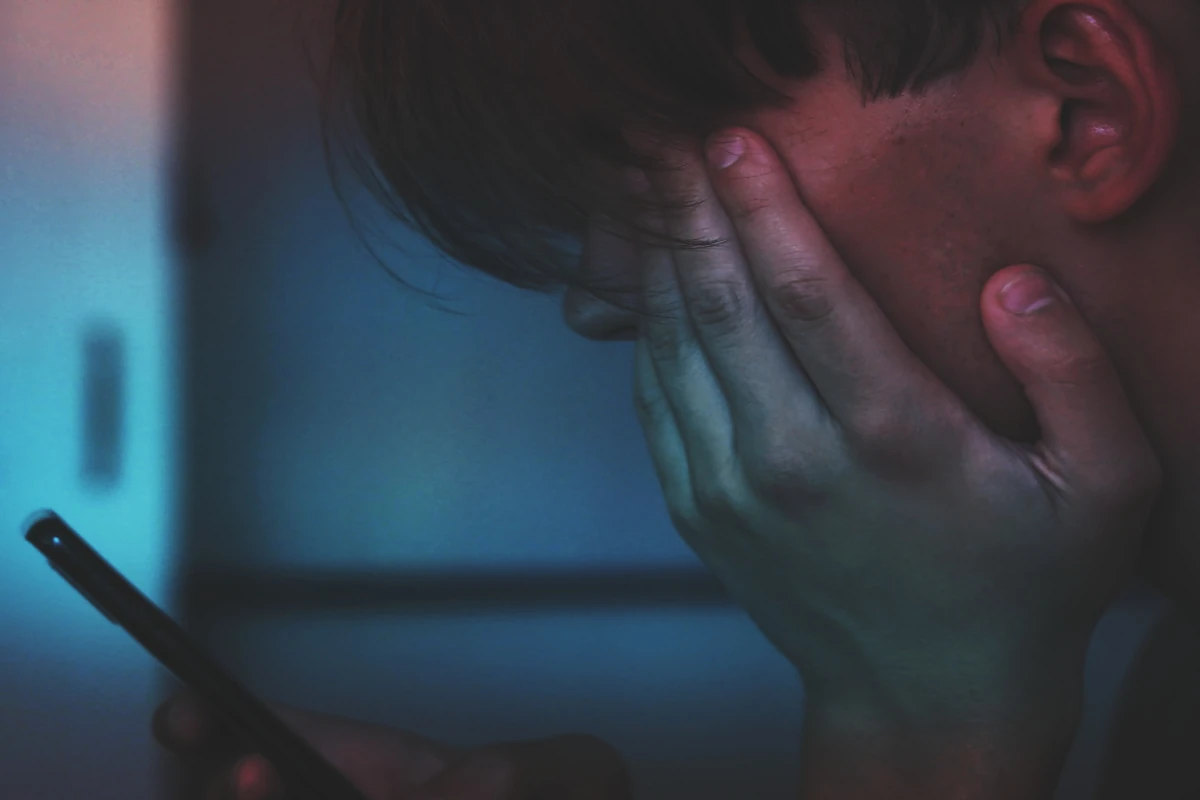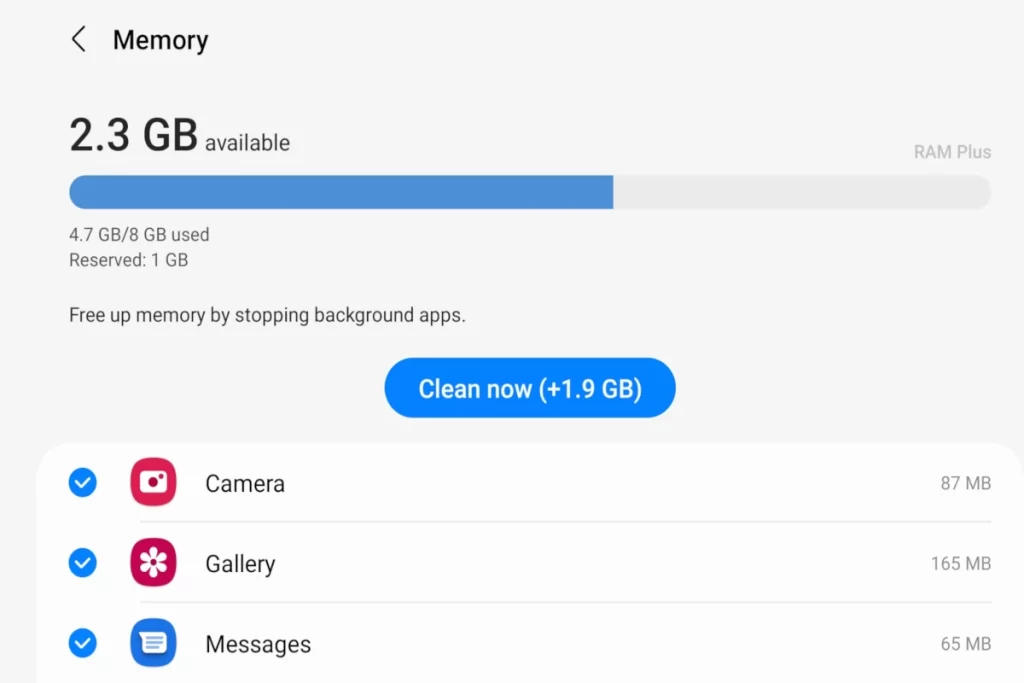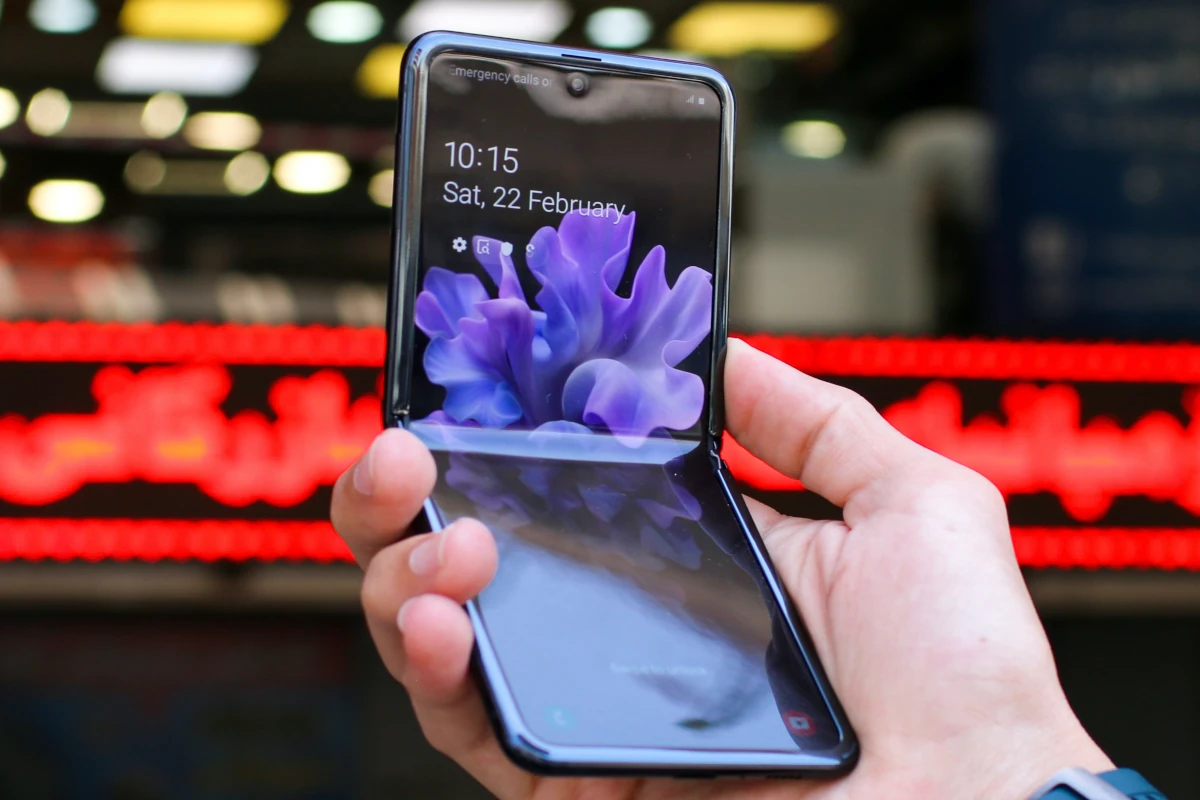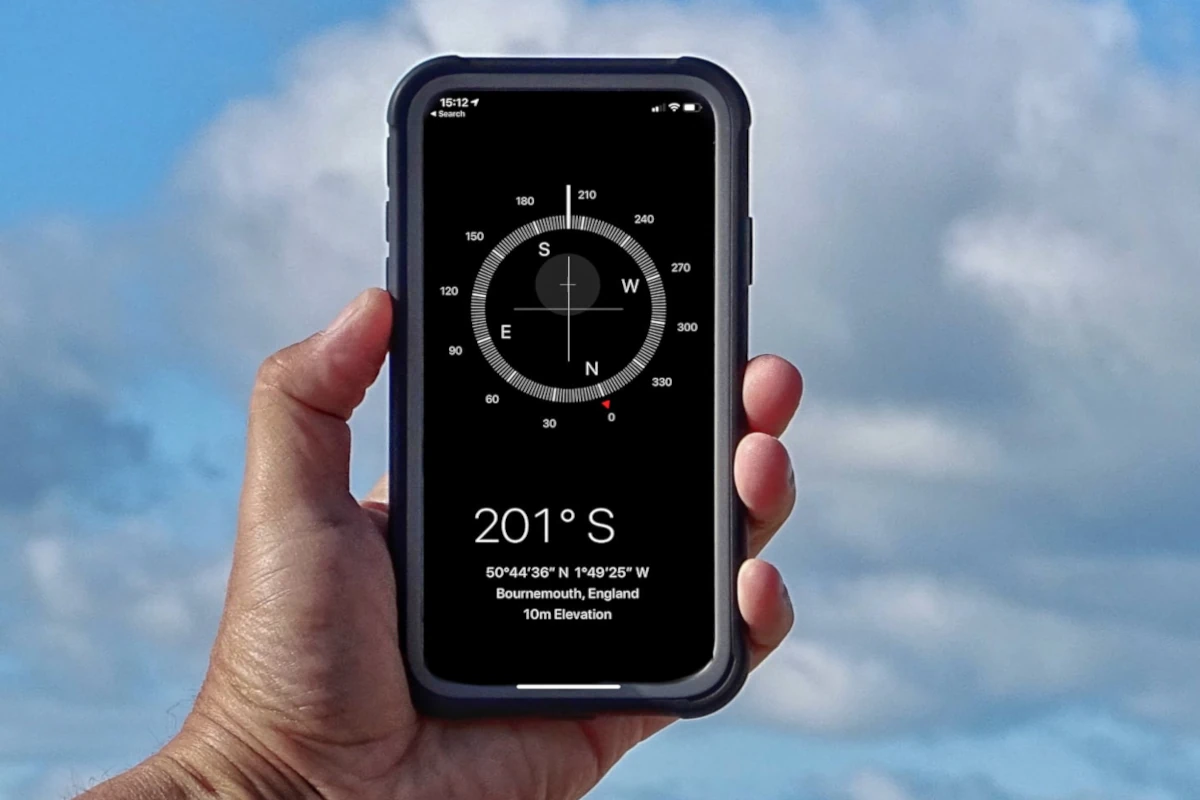If you are constantly staring into your computer, iPad, TV, or phone, you must have experienced eye discomfort.
Health practitioners warn that the excessive use of digital devices leads to conditions like digital eye strain, yet they do not cause permanent eye damage; that being said, which smartphone display is harmful to your eyes?
Which smartphone display is bad for your eyes?
The smartphone screens with a blue light negatively affect the eye’s retinal cells but almost all digital screens have a blue light. However, unlike OLED, phones with IPS LCDs with high resolution have a modulation for decreasing brightness, thus blocking the illumination of harmful blue light. High resolution and high PPI (Pixel Per Inch) also avoid pixelation, enabling your eyes to see the screen clearly hence avoiding any strain on them.

A good phone display is a factor you should prioritize when getting a phone.
If your phone lacks modulations to limit the impact of the blue light, chances are you will get computer vision syndrome which will cause you to experience dry eyes, blurred vision, headaches, and eyestrain.
In this article, we will expound on some of the smartphone displays you should evade. Many individuals never give as much importance to their smartphone screen as their TV. You are likely to get serious eye problems if you do not take preventive measures.
Which Display is More Harmful To Your Eyes?
Many smartphone displays have a shortwave blue-light display that produces reactive oxygen species, which damage the cells in the retina.
If not given any attention, the blue light causes the death of the human retina cells. Therefore, it is advisable to adjust the brightness of one’s phone to minimize the chances of this happening.
However, some phone displays like the OLED do not have degrees of illumination; they are either on or off. These kinds of displays are the most harmful to the human eye. The OLED display also has a frequency range of 50-500HZ, thus making the eyes get strained quickly.
The sun generates blue light. Yet, ironically, people go for sunglasses to shield themselves from it, then put their smartphone near their face and stare directly into it. Blue light is more toxic when it has a shorter wavelength. It is wise to invest in smartphones with modulations to adjust the blue light and minimize eye strain and damage cases.
Which Smartphone Display is Bad For Your Eyes?
Most android phones have a display that might cause eye damage, especially if one always spends a long time on their phone. Eye damage is more attributed to the amount of time one spends on their phone, but it is also associated with the type of phone display.
If you have ever seen a fluorescent light flicker, then you know how irritating it is to the eyes. With some phone displays, this flicker happens when one dims the brightness of their screen. Both LCD and OLED displays are subject to the flicker effect; still, it is more rampant in OLED displays than LCD.
When people use digital screens, their blinking rate declines; they may blink only 2 to 3 times a minute instead of the usual 18 times. As a result, hydration gets minimized, and their eyes become watery.
A good phone display can be determined by the display pixels per inch (PPI); this is calculated by the PPI calculator, which divides horizontal or vertical resolution with the display length in inches.
The phone displays with a higher PPI are more comfortable to the eye than those with a lower PPI. Screens with a PPI lower than 4.3 inches have a bad display as opposed to those with a PPI of 4. 7 inches and above.
Most modern screens of 1080p resolutions have a 300PPI and above, which are pretty friendly for one’s eyes. However, this also depends on the cost and type of display.
LCD screens are designed to minimize damage to the human eye. They filter out light to produce dark areas. However, the continuous backlight on LCDs might also affect one’s eyesight.
Is OLED Display Harmful To The Eyes?
The term “OLED” refers to an organic light-emitting diode. The OLED phone display is preferred by many because it is flexible, lighter, and thinner than other screen panels. Phones with this display come in large sizes and have large fields of view. They also consume less power and have higher contrast than LEDs.
Most products in the market today are OLED screen displays. Modestly priced phones like iPhone XR, LG, Motorola, and Samsung are made with the OLED screen since it has some advantages over the LCD and LED screen displays.
Like LCDs, the OLED display also has flickering issues. Although one may be unaware of the flicker effect, the eye psychologically responds to it. Hence, one’s iris expands and contracts as the brightness of their phone changes.
The involuntary changing of the iris causes headaches. If you stare into your phone for a long period, your eyes will get strained because they get subjected to a changing environment within short spans.
What causes the flickering on OLED screen displays? The OLED screen cannot emit light, thus having a more pronounced flicker effect than LCDs with a backlight source. The backlight source helps minimize the brightness attenuation, which is why LCDs are less harmful to the eyes when compared to OLED displays.
The OLED screen has a PWM frequency of 50-500Hz, yet most people are sensitive to flicker up to 250 Hz, so its users are more predisposed to eye damage.
Which Phone Display is Better for the Eyes??
Like OLED, LCD phone displays also have blue light exposure, which has an energy that projects to the back of the human eye. Therefore, the more time one spends on the screen, the higher the chances of developing eye conditions like macular degeneration.
The screen display is associated with other health conditions like digital eye strain, poor sleep, and myopia. LCDs can cause permanent damage to the retina.
Even so, the IPS LCD is friendlier to the eye. The phones come with a filter that controls the light passing through the panel. On the other hand, this feature is missing in OLED displays; if one wants to adjust the brightness of their phone, they must use the pulse-width modulation to create an illusion of less brightness.
AMOLED has features that make it less convenient for eye protection, just like OLED displays. Most people believe that OLED and AMOLED are the same, yet this is not true. The latter has an additional layer of thin-film transistors (TFTs) which controls the flows of its active matrix of OLED pixels.
With AMOLED screen displays, all pixels have their light source meaning these phones do not warrant backlights. AMOLED displays also have more saturated colors than other displays, which may cause eyestrain to some people.
Consequently, IPS LCDs are better for the eyes even in outdoor settings, but they can be equally dangerous depending on how they are used.
Is Dark Mode Better or Worse For Your Eyes?
There are controversies on the effect of the dark mode on the eyes. There is no evidence-based data on its impact on the human eye.
Most phones have this feature majorly to extend battery life.
Be as it may, the dark mode is efficient in minimizing eye strain since it minimizes blue light exposure, reducing one’s chances of experiencing eye discomfort. The dark mode also helps one avoid screen glare that arises from a high contrast level between one’s screen and surroundings.
As much as the dark mode helps to reduce eye strain, it is not better for your eyes. This model warrants your pupils to dilate, making it hard to focus on your screen. Dilated pupils lead to poor vision.
The constant use of dark mode leads to astigmatism, which causes one to have irregularly shaped eyes that make them have blurred vision. Many people have this condition but have no idea they do. It makes it quite hectic to read light texts on dark backgrounds.
What Can You Do To Minimize The Effects of Blue Light To Your Eyes?
The most efficient way to prevent eye damage from smartphones is by regulating the amount of time you spend on your screen. Always put your phone away at least two to three hours before bedtime so your body can release more sleep hormones. Also, limit your screen time when you are not working- this requires a lot of discipline.
Use a screen filter to adjust the amount of blue light your phone emits. Alternatively, some phones have night-mode and air care options that you can use.
Make it a habit to constantly blink while on your phone, TV, or laptop; this way, you are less susceptible to dry eye. Finally, ensure you go for frequent eye checkups to determine if your vision is healthy and clear.
All phones have a blue light effect. It is up to you to look for the ones with features to minimize the blue light effect on your eyes. Luckily, today, most large phone companies like Apple and Samsung are working hard to make LCD and AMOLED displays less inclined to eye damage.
Sources
WHICH SMARTPHONE SCREEN IS NOT HARMFUL TO THE EYES?
Blue Light from Your Phone May Be Permanently Damaging Your Eyes
Is dark mode better or worse for your eyes?
OLED displays cause more eye strain than LCDs, according to DxOMark



